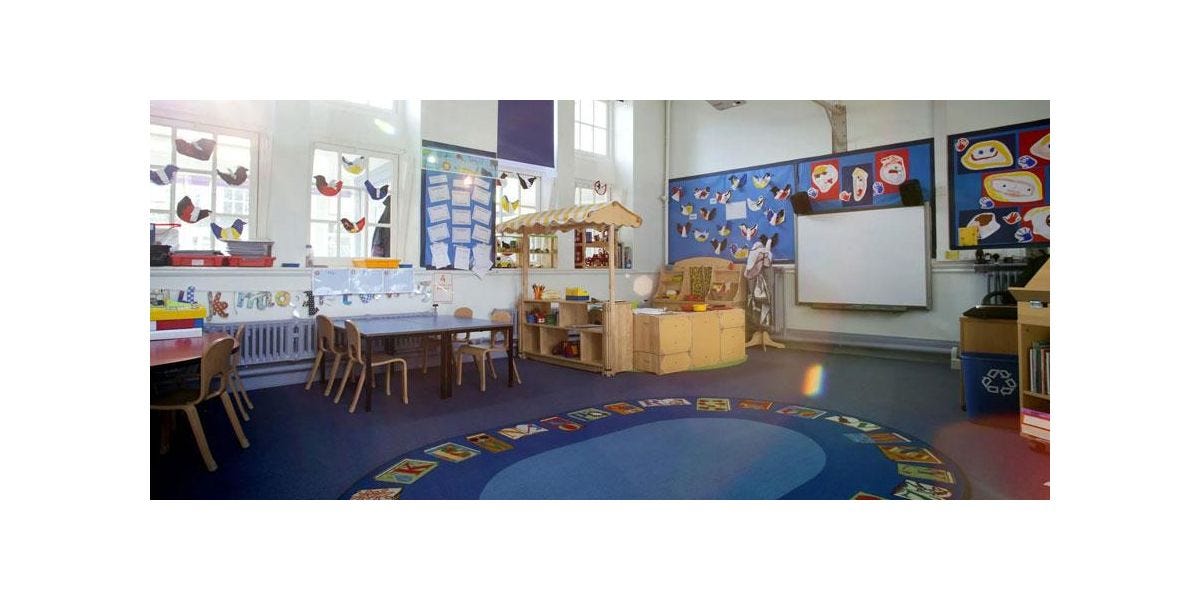This unprecedented challenge has called for all us to think in ways we just aren’t used to. As lockdown measures were eased and children gradually returned to settings, there was a lot of uncertainty and guidance was sometimes difficult to interpret, leaving many having to work out solutions for themselves or feeling they needed to plan without the full picture.
New routines, procedures and risk assessments were required, and it almost felt as if we were opening a new setting. There were bubbles, frequent handwashing, fewer toys and equipment, constant cleaning, no sensory play and parents dropping off outside.
But one of the biggest fears was the return of children themselves. Not just keeping them safe but worrying how they would adapt to the changes. Would it impact negatively on their wellbeing? Would they even want to come back? There was talk of social distancing and we all knew it would be impossible to expect children in the Early Years to stay apart from each other, or us. It goes against everything Early Years is about – warm, responsive, sensitive interactions.
After months in lockdown, there was no knowing how children would respond. We needed to accept that children would have experienced lockdown in different ways so their needs would be diverse. Would they come in smiling? Would there be tears? Am I allowed to pick up a crying child? All concerns raised by Early Years staff.
Having to social distance from the children would have been difficult, and possibly even detrimental. We know and understand the links between attachment and brain development and the importance of responding to a child’s needs. It’s just not possible to meet a child’s emotional and physical needs from a distance of two metres. Children need us to be available and nurturing, supporting them to develop self-regulation skills. Early Years requires hands-on interactions.
The good news is that many settings reported positive outcomes of children returning to settings. Children returned happy, pleased to see their friends and members of staff. After such a long time away for some of them, this was fantastic to hear. Perhaps this is a testament to the wonder of Early Years – a place where we establish strong bonds with the child and family.
When settings opened more widely in June attendance in many was low. Families were still worried. However, for those children who did attend, happy times were experienced. In some cases, children had more attention from staff due to lower numbers. This allowed them to tune in to the children and their needs, understanding where support was needed, particularly in regard to Personal, Social and Emotional Development. There was time to talk about feelings, offering reassurance and empowering children to feel safe, valued and worthwhile. As there were fewer children, there was more space to play and the environment was calmer. Perhaps this contributed to many of them settling so well.
As expected, our little ones have shown they are adaptable and resilient. Most have adjusted to different routines and procedures with ease and confidence and it’s so reassuring for settings and schools to know that, despite the changes to provision for adults, children were happy, smiling and full of laughter. Early Years can make such a difference.
We’re trusted to do our very best for the children in our care, something we should all feel proud of.

